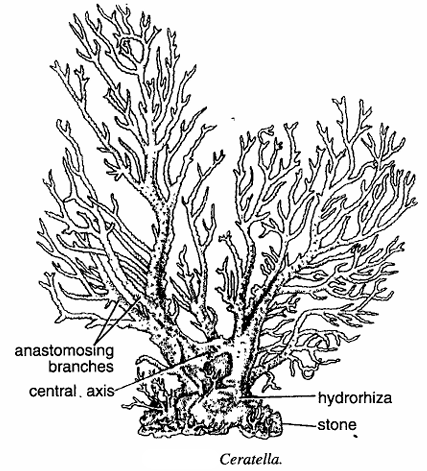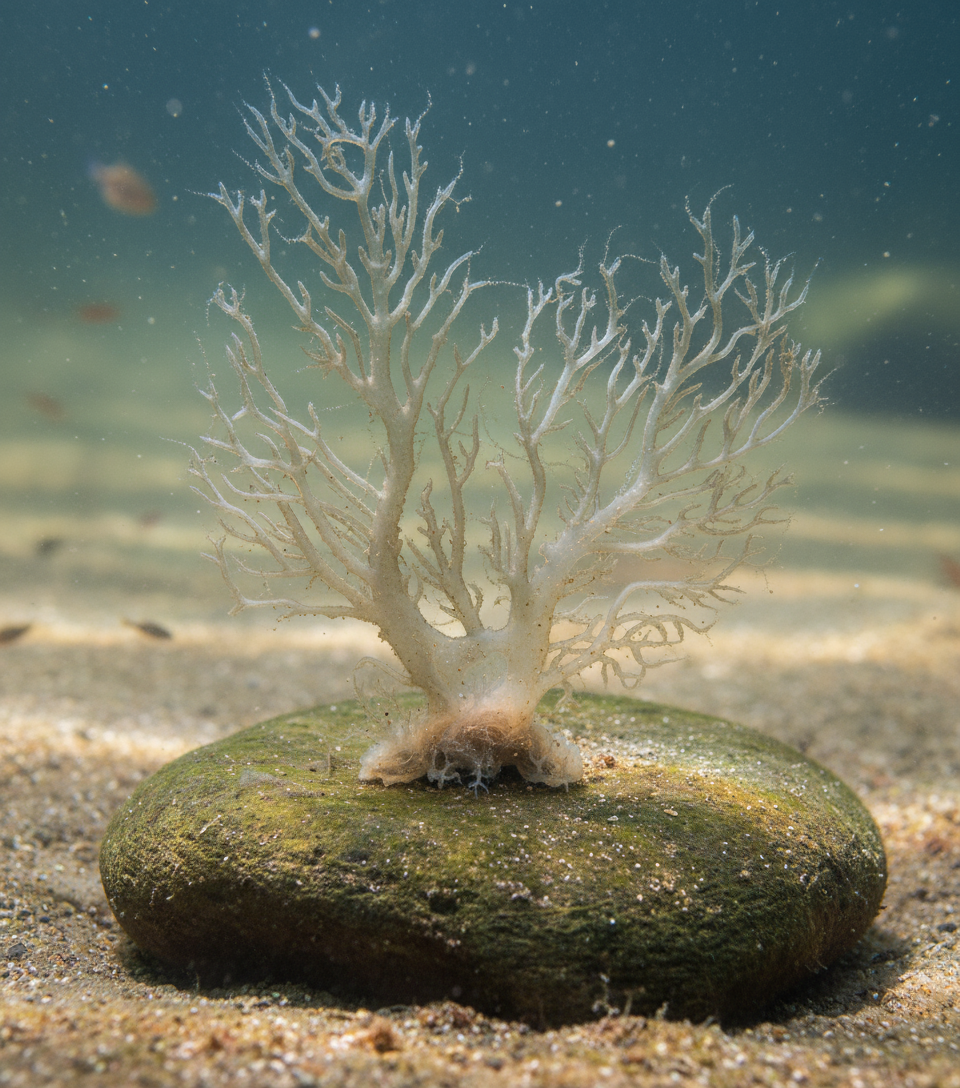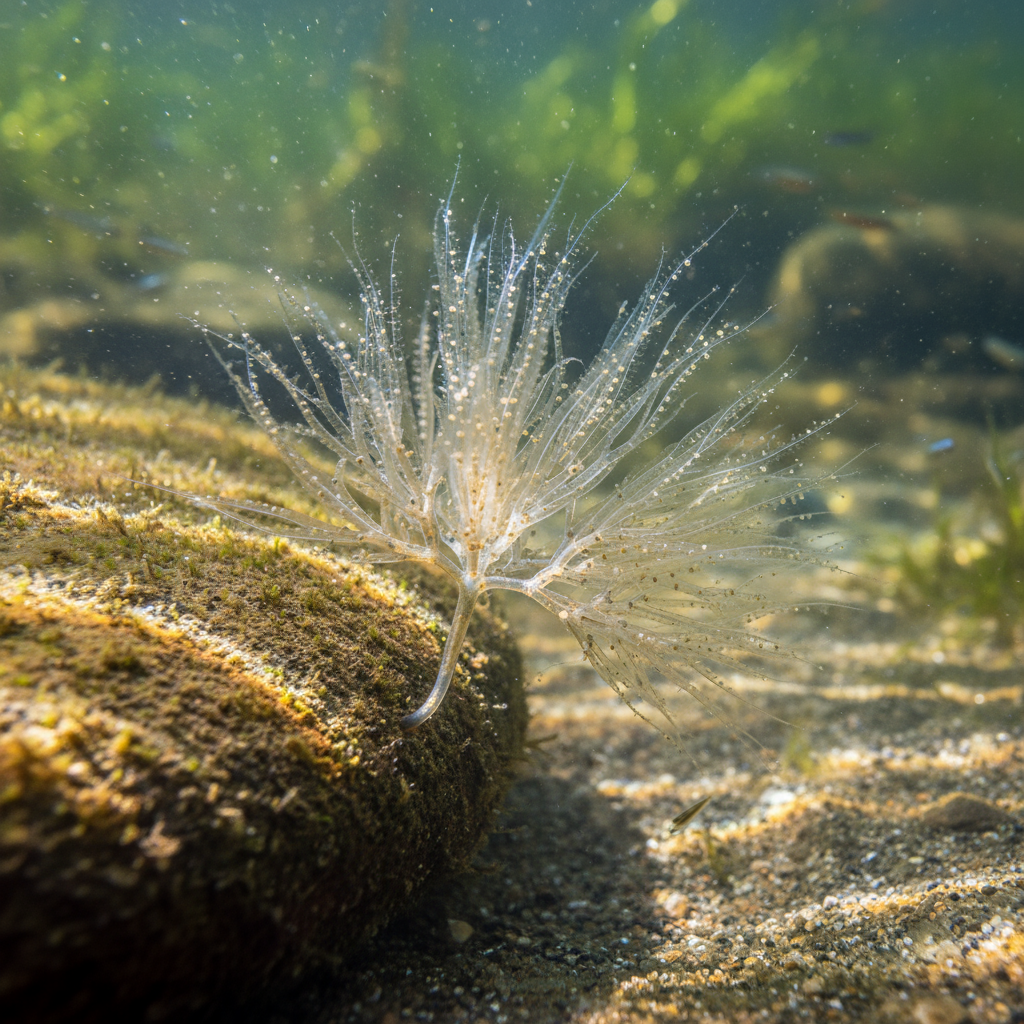Ceratella: Comprehensive Study on Classification, Habitat, Characteristics, and Identification
Ceratella is a genus within the phylum Cnidaria, class Hydrozoa, known for its colonial lifestyle and ecological importance in freshwater habitats. Despite their tiny and often overlooked presence, Ceratella species exhibit fascinating biological adaptations that make them vital to aquatic ecosystems and valuable subjects of zoological research. This detailed article covers Ceratella’s classification, habits, habitats, geographical distribution, biological characteristics, special features, and identification tips for researchers and enthusiasts.
Classification of Ceratella
- Kingdom: Animalia — Multicellular organisms with complex cellular structure.
- Phylum: Cnidaria — Radially symmetrical aquatic animals featuring cnidocytes (stinging cells).
- Class: Hydrozoa — Mostly colonial organisms exhibiting a polymorphic life cycle with polyp and medusoid stages.
- Order: Anthomedusae (Anthothecata) — Hydrozoans with athecate polyps lacking protective coverings.
- Family: Hydractiniidae — Colonial hydroids with specialized feeding and reproductive polyps.
- Genus: Ceratella — Freshwater colonial polyps notable for branching colonies and nematocyst-rich tentacles.

Habit and Habitat
Species of Ceratella typically inhabit freshwater bodies such as ponds, lakes, ditches, and slow-moving streams. These colonies firmly attach themselves to submerged surfaces like stones, wood fragments, plant stems, and other aquatic debris. Life in clear, well-oxygenated water bodies supports their complex colonial structures.
Their colonial construction maximizes feeding efficiency, making the most of the suspended microscopic prey prevalent in freshwater ecosystems. Due to their sessile nature, their habitat selection is crucial as attachment points provide stability against flow and predation.
Geographical Distribution
Ceratella exhibits a wide geographical distribution, being present across temperate and tropical freshwater systems globally. Their adaptability allows them to colonize diverse freshwater environments from North America and Europe to parts of Asia and Africa. The presence of Ceratella in various freshwater niches highlights their resilience and ecological versatility.
They serve as vital bioindicators for freshwater ecosystem health in many regions. Geographical studies often utilize Ceratella’s presence or absence to gauge water quality and environmental stress.

General Characteristics
- Tree like and highly branched.
- Branches arising from central axis or hydrorhiza are intertwining and anastomosing.
- Ceratella has sea fan like appearance.
- Hydrothecae cover polyps and gonothecae enclose medusae.
- Medusae bear gonads on the manubrium and devoid of lithocytes.
- Eye-spots are present.
Ceratella colonies comprise multiple interconnected polyps (zooids) forming intricate networks. Each polyp, a few millimeters tall, bears tentacles equipped with nematocysts that serve as primary tools for prey capture and defense.
Morphology
- The polyps are tubular, with a simple, translucent body.
- Tentacles arranged in a circle around the oral opening capture microinvertebrates via stinging nematocysts.
- Colonies display polymorphism with differentiated feeding polyps and reproductive polyps which bear medusoid buds.
- The body wall consists of an outer ectoderm and inner endoderm layer separated by mesoglea, an extracellular matrix providing structural support.
- Budding is the main asexual reproductive strategy, expanding colony size and maintaining the colonial organism.
Feeding Strategy
Ceratella primarily preys on tiny planktonic organisms such as protozoans, rotifers, and small crustaceans filtered from the water column. The coordinated action of tentacles allows efficient capture and ingestion.
Special Features
- Ceratella’s polymorphic colonial arrangement is a hallmark, dividing labor among specialized zooids to optimize survival and reproduction.
- This genus produces medusoid larvae (free-swimming jellyfish-like stages) aiding in dispersal and genetic mixing beyond localized colonies.
- Remarkable regenerative abilities allow recovery from partial damage, important for maintaining colony integrity in dynamic freshwater environments.
- Their sensitivity to environmental changes makes them excellent bioindicators, reflecting pollution levels and habitat quality.
Identification
Identification of Ceratella involves microscopic examination of colony structure and polyp morphology:
- Presence of delicate branching colonies with polyps connected by stolons.
- Polyps exhibit distinct crowns of nematocyst-laden tentacles used in capturing prey.
- Reproductive polyps differentiated by size and presence of developing medusa buds.
- Typical freshwater distribution distinguishes Ceratella from similar marine hydroids.
- Behavioral traits such as colony expansion via budding can also aid identification in laboratory settings.

Ecological Importance
Ceratella colonies contribute significantly to freshwater trophic dynamics, controlling populations of small planktonic organisms, recycling nutrients, and serving as prey for higher-order aquatic animals. Their role underscores the complexity of freshwater ecosystems and the importance of microscopic fauna.
Research and Scientific Significance
Due to their colonial lifestyle, polymorphism, and reproductive strategies, Ceratella is a valuable model for research in developmental biology, evolutionary studies, and ecology. Laboratory cultivation facilitates experimental studies on colonial integration, regeneration, and medusozoan life cycles.
References
- Animal Diversity Web (ADW) — Hydrozoa resources
- Freshwater Hydrozoa Research Journals
- General Cnidarian Taxonomy and Biology Literature
